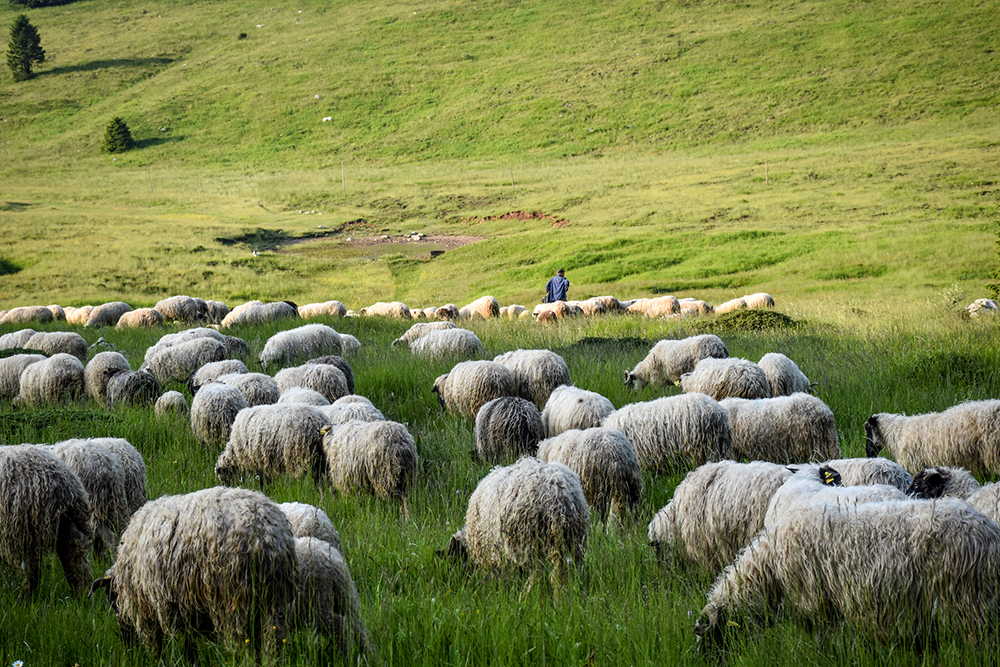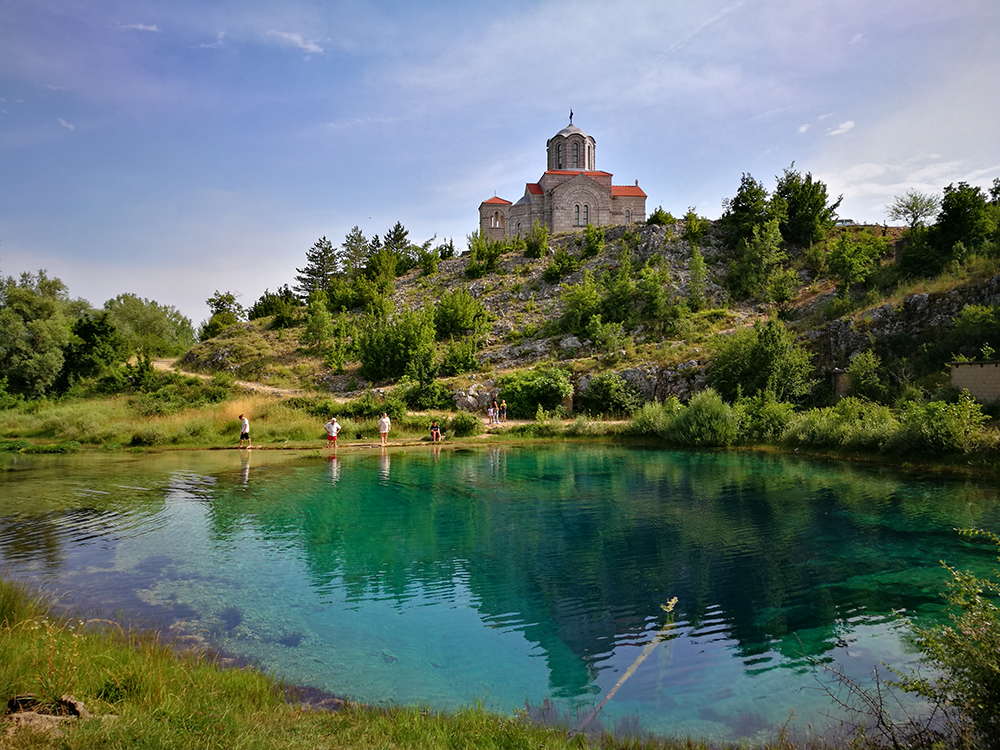Because of its rich history, myths, and cultural significance, Dinara is not only important for the local population, but also on a broader level. Alongside the local stories and memories, Dinara is also a home to, often unrecognized, a number of animal and plant species – either important, endemic, or protected.
This richness of hidden life was finally recognized as Croatia joined the EU. Dinara was proclaimed as a Natura 2000 site, both as a Special Protection Area (SPA), and Site of Community Importance (SCI).
Such protection status is flattering and important, especially because it brought international recognition of its natural values. The protection under Natura 2000 ecological network set a foundation for us to safeguard and protect Dinara’s natural values, for their importance for global biodiversity, and for all the benefits for human life and the wellbeing of its inhabitants.
Anybody who had an opportunity to, even just for once, visit a tiny part of this large landscape, whether the karstic sinkholes, green pastures, forests, or caves, and experience and embrace its nature, surely didn’t leave with a feeling of disappointment. Quite the opposite, visitors leave with a desire to experience more of it, and to come back again.
The diversity of the habitat types on the Dinara mountain is the key reason behind its importance. Out of eight habitat types recognized as a priority for conservation, three of them are grassland habitat types. Their conservation status is intrinsically linked with human activities, most notably with the practices of extensive livestock keeping. Accordingly, the main reason behind the degradation of grassland habitats, which are overgrowing, lies in their dependence on grazing. But why are grassland habitat types important to us? Why do we make the efforts to stop nature’s process of overgrowing unused grasslands? It is because the grasslands were managed by human activities for a long, long period of time, for hundreds of years. The management of the grasslands, by grazing, or using other techniques, affects a variety of other factors, such as the number of nutrients in the soil, the ability of the habitat to resist climate change, and others.
Grasslands have an important role in the ecosystem, as they are a source of food and shelter for various species. Without grasslands, we would lose many such species. That is the reason why it is important to protect the grasslands on Dinara. Some of the grassland dependant species remained only in a small number, and their loss would be tragic for local and global biodiversity. The Stone curlew, Short-toed Lark, and Ortolan bunting are examples of such species. But the list continues, as there is a variety of other species which depend on the grasslands, such as orchids, butterflies, insects, and reptiles.
Author: dinarabacktolife.eu







